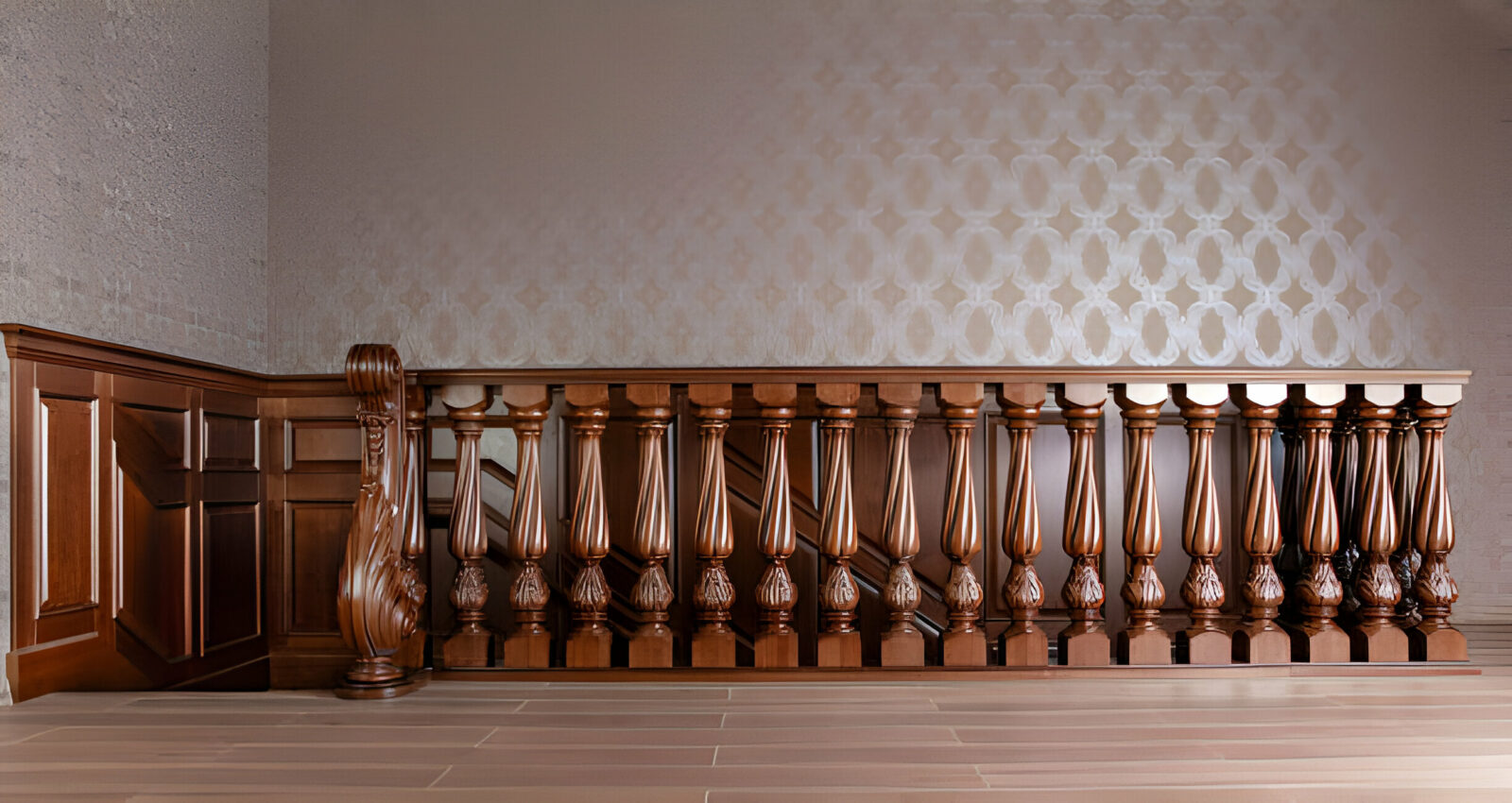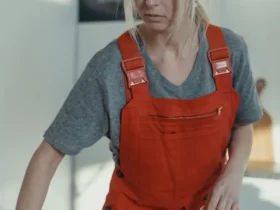Deciding between a horizontal baluster and a vertical baluster for your staircase or balcony is more than just a matter of personal taste. It’s about understanding how each design impacts the overall aesthetics, safety, and functionality of your space. In this comparison, we’ll explore the unique characteristics of horizontal and vertical balusters to help you make an informed decision that aligns with your lifestyle and home’s design.
The Aesthetics: Modernity vs. Tradition
Horizontal Baluster: The Contemporary Choice
Horizontal balusters have gained popularity in modern architectural designs due to their sleek, clean lines that offer a minimalist and contemporary look. This style harmonizes beautifully with open-concept homes, enabling uninterrupted sightlines and creating a sense of expansiveness within the space. Horizontal balusters can transform a simple staircase or balcony into a striking visual element that complements the modern or industrial aesthetic.
Vertical Baluster: Timeless Elegance
In contrast, vertical balusters embody the essence of traditional design. They are a staple in classic architectural styles, providing a sense of structure, rhythm, and elegance. Vertical balusters can range from simple designs to ornate, intricate patterns, making them versatile for various décor themes. They excel in creating a visually appealing barrier without overwhelming the space, thus preserving an air of sophistication and timelessness.
Safety and Building Codes
When it comes to safety and compliance with building codes, both horizontal and vertical balusters can be engineered to meet standards. However, the design of horizontal balusters often raises concerns regarding their use as ladder-like structures, particularly in homes with young children. This has led to stringent regulations in some regions, requiring homeowners to carefully consider the implications of installing horizontal balusters.
On the other hand, vertical balusters are generally regarded as safer options for households with children and pets, as they provide less opportunity for climbing. They are widely accepted in most building codes, making them a hassle-free choice for those looking to avoid potential complications during inspections.
Durability and Maintenance
Both horizontal and vertical balusters can be crafted from a variety of materials, including wood, metal, and glass. The choice of material, along with installation quality, plays a significant role in the durability and maintenance requirements of the balusters.
Horizontal balusters, particularly those made of metal, often require less maintenance and are less susceptible to damage from environmental factors. Their structure enables easy cleaning and inspection, ensuring their longevity.
Vertical balusters may require more meticulous care, especially in intricate designs where dust and debris can accumulate. However, with proper maintenance, they too can withstand the test of time and maintain their aesthetic appeal.
Conclusion: Your Space, Your Choice
In deciding between a horizontal baluster and a vertical baluster, consider not just the visual impact but also the practical aspects of each design. Do you prize modern aesthetics and open sightlines? A horizontal baluster system might be the perfect fit for your space. Or, do you lean towards traditional elegance and have concerns about safety for children? In that case, vertical balusters could better suit your needs.
Remember, your choice should reflect not only your personal style but also the functionality and safety requirements of your home. Whether you opt for the contemporary flair of horizontal balusters or the classic beauty of vertical ones, ensure that your decision enhances both the feel and flow of your living space.













